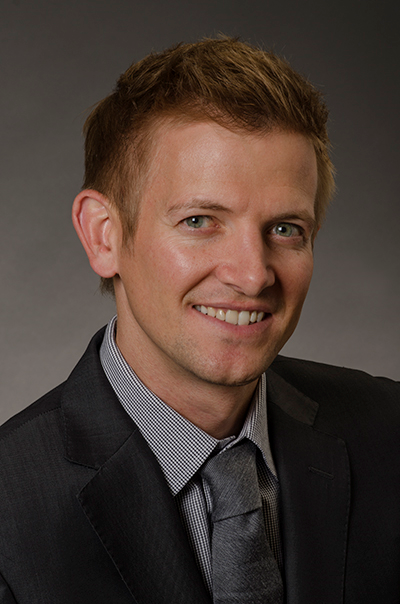 By Enrolling in Medicaid Year Round
By Enrolling in Medicaid Year Round
By Everett Lebherz, Vice President of PointCare
Twitter: @point_care
Approximately 4.5 million people signed-up for Medicaid in time for the ACA’s March 31st deadline. Mission accomplished? Hardly; not when 1 of 3 uninsured Americans, some 13 to 16 million who are Medicaid-eligible, can still enroll throughout the year – more than triple the amount who just enrolled.
Federally Qualified Health Centers (FQHCs) still have a long road ahead in order to not leave patients uninsured and federal dollars on the table. Even with the ACA’s 4.5 million newly-insured, the remaining uninsured population still needs assistance with enrolling in coverage. Many will look to clinics for help, affording a valuable opportunity for FQHCs to adjust and improve their enrollment processes to meet their needs.
To aid this population and increase the number of uninsured being enrolled by outreach and enrollment staff, clinics should use screening and enrollment technology to more easily identify insurance for patients and track each patient throughout the enrollment process. When individuals and families come to a clinic with questions about Medicaid or ACA-Exchange enrollment, having a consistent process in place to screen and enroll patients immediately, will lead to more successful assists. Proposing insurance solutions upfront and alleviating financial concerns about the cost of care being received develops a positive, lasting rapport with patients and enables clinic physicians to focus on providing the full-scope of care. This better serves the patient and saves funds for the clinic by avoiding unreimbursed care.
Coupled with using a technology-based enrollment tool, there is a three step process that clinic staff should follow in order to place their clinic at the forefront of successful enrollments. The first step during an assist is Screening, which consists of helping patients identify for which coverage programs they may qualify. With the pressure to assist more eligible uninsured individuals than ever before, it is important for clinics to find a process to link this screening step to a patient’s electronic record to more easily initiate and track enrollment. Although this can be done through Excel manually, it is more efficiently completed with new technology that is available. The second step, Enrollment, is the most complicated – this step includes completing coverage applications and requires several touches to collect additional personal information and verification documents necessary to enroll. Using cloud-based technology to track patient enrollment statuses and touches, along with securely storing patient documents, will save clinic staff energy as they look to complete enrollment reports and coverage renewals down the road. The last step is Patient Retention, which is when the patient actually becomes enrolled in a plan and pays their premiums; this step is of most interest to clinic providers because it is when a patient opts to choose the clinic as their primary care provider (PCP) and guarantees that future claims will be compensated by third party payers. By mastering these three steps, clinics will be ready to enroll patients before and at point-of-care. Pairing enrollment technology with knowledgeable clinic staff can streamline the process, making it easier for clinics to enroll more patients.
One technology-driven success story is that which has taken place at the Community Health Alliance of Pasadena (ChapCare). In order to help the uninsured in its community and meet enrollment goals, ChapCare took its portable technology out into the community to qualify and enroll the local population. At outreach events, within a pop-up enrollment shop, and at point-of-care within their four LA County-based facilities, ChapCare staff screened for insurance eligibility by using cloud-based software. The tool gave staff access to a 90-second questionnaire on tablets and laptops that produced an eligibility profile with customized health coverage results and contact information for each patient. Within those results, patients learned about their eligibility for Medicaid, ACA-Exchange plans, family planning services, and ChapCare’s sliding fee schedule, and were given specific instructions on what was needed to enroll. ChapCare then used an eligibility profile to monitor the status of enrollment for each patient and proceed with appropriate follow-up steps.
During the Open Enrollment ChapCare screened and enrolled an average of 300 people per month. The organization held 11 outreach events, screening 458 patients and producing a remarkable 81% insurance conversion rate. ChapCare also used the tool at point-of-care at their enrollment shop, where they have enrolled 1,212 patients. Cloud-based services enabled the organization to host multiple outreach and enrollment events and screen hundreds of patients within its facility and pop-up shop, all while successfully monitoring the progress of each patient’s enrollment and eligibility on one centralized system.
To prepare for the long road ahead, other FQHCs can take a lesson from ChapCare and create a more sustainable and successful enrollment process by analyzing the three aforementioned steps and looking into technology-driven tools that have been proven in the community.
About the Author: Everett Lebherz is Vice President of PointCare, developer of the cloud-based health coverage screening software, PointCarePA, and educational trainings for hospitals, community clinics, providers, and third party vendors.
